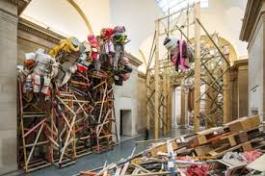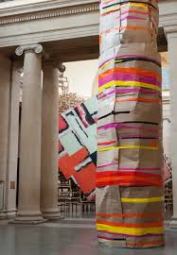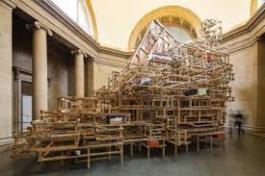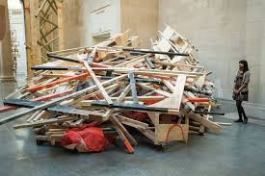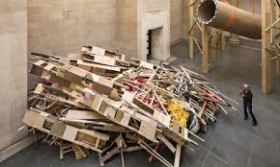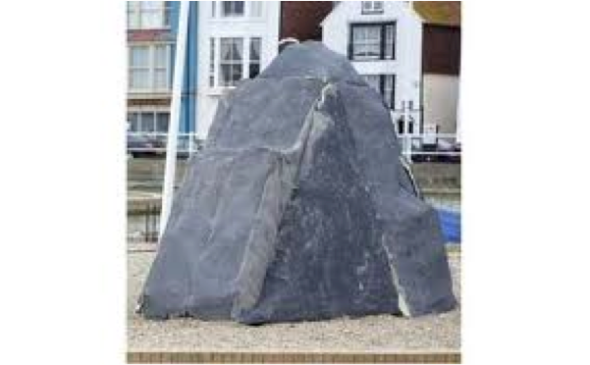As I am an artist with a mixed practice, I’ve been reflecting on what it might mean to have a mixed practice. I been aware of both the advantages and disadvantages for sometime, but in a recent conversation with Paul Fieldsend-Danks, he suggested that my artist statement on my website did not adequately reflect someone who has a mixed practice. My first reaction was to try and rewrite my statement so as to provide more guidance to someone looking at it. But this, only partly addressed the problem. I became aware; that I needed to do more than just amend my statement. What I needed, was a more profound contemplation of what it meant to be an artist with a mixed practice first and foremost. I then need to consider how I might articulate that in my statement and in other ways. This led me to try to research thinking and critiques of artists with mixed practices, and on the whole notion of mixed practice in particular.
By looking at artists that I knew had mixed practices, like Martin Creed and Tracey Emin, I hoped to find a key to unlocking this particular vault. But the books and essays I’ve found so far, just talk about their work. They don’t reflect on what a mixed practice actually means in relation to the specific artist and what might be inferred more generally. I need to approach the question from a different direction. Even then by typing in searches “artists with mixed practices” or having “a heterogeneous practice” has not proved to be terribly helpful either.
I sat and reflected, was I a jack-of-all-trades and master of none; was I an artist who didn’t know his arse from his elbow? Was it the case that because I hadn’t hitched my sail to a particular artist mast, that I really didn’t belong? So was it a question of belonging that I was avoiding confronting–there’s certainly an element of that as I prefer the role of the outsider–but was it that there wasn’t really room in the lexicon of art practices for the practice of mixed artist, or rather an artist with a mixed practice?
Paul FD has thrown me a lifeline by suggesting that I am looking at things from the wrong end of the telescope (my interpretation – not his words). What he suggested was that it all about context underpinning a practice and if you understand and articulate that properly then it is unnecessary to worry about what a mixed practice is.
So that leave me to consider the context of my work and practice and I feel I’m circling it but unable to pin it down – and pinning down is an emerging theme and pinning down or the avoidance of it, may in fact be the context. But in the meantime, I feel a bit like Dorothy having had the house picked up by a twister and deposited somewhere else remarks: ‘Toto I don’t think we’re in Kansas anymore.’






